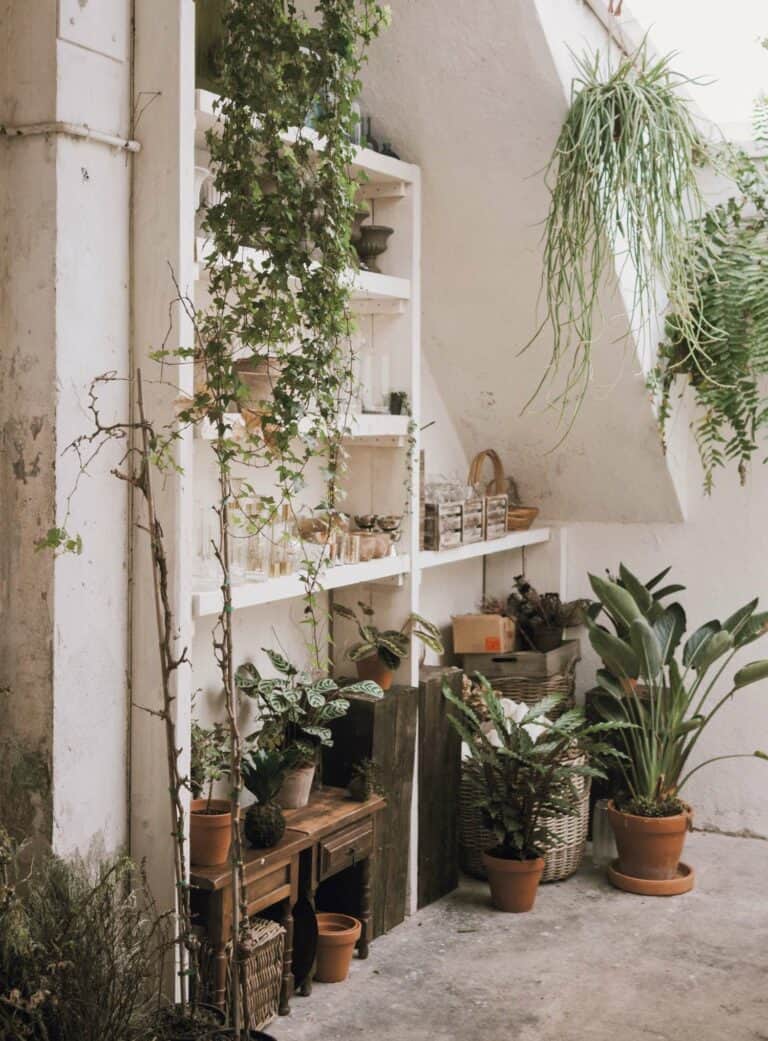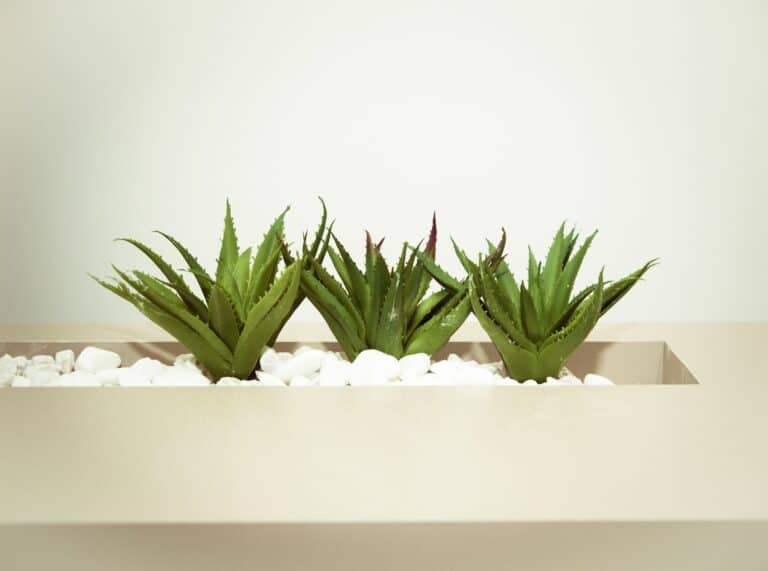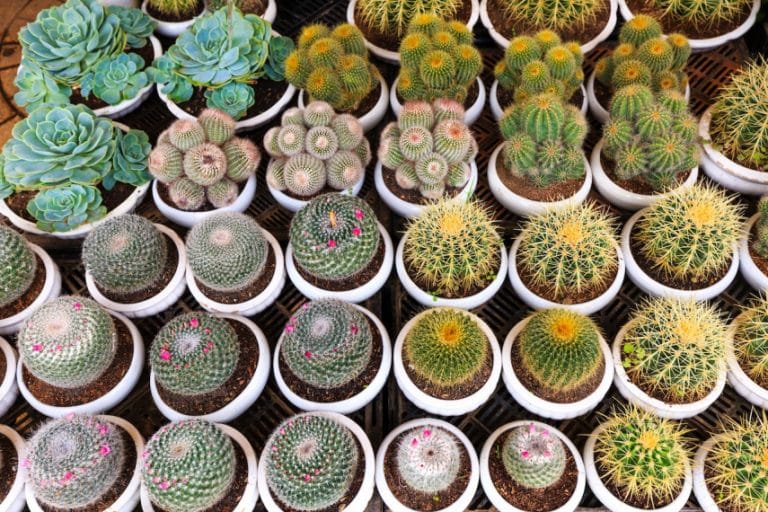The aluminum plant, or Pilea cadierei
Silver-leaved pileia (Pilea cadierei) or as it is often called the aluminum plant because of the silvery patterns on the leaves, is a type of pileia that is often grown as a houseplant. It also grows well in arrangements with ivy and other smaller indoor plants. It is a very resistant indoor plant and with a little care, it becomes an interesting decoration in the home.
As a rule, this plant does not bloom. In fact, its flowers are very small and unattractive compared to the leaves.
Description:
The leaves are oval, bright green in color with pronounced veins and silvery-green patterns. The flowers are hidden among the leaves, small and very unsightly. It can grow up to 30 cm in height.
Health
Annual pruning to half the normal stem length is required to encourage healthy leaf growth. This encourages the plant to continue producing leaves at a healthy rate and prevents the plant from becoming too tough.
Growing
Pilea cadierei is often grown in containers, however in warmer climates, it may be planted near water features like ponds. This species is also often offered for sale as an aquarium plant. It’s not safe for use in aquariums, however. As such, it is not a real aquatic plant and will ultimately perish. For sure it will cause a mess if it stays underwater, necessitating more regular tank cleanings.
Light:
A window facing the sun is suitable, but not direct midday sun, which can damage the leaves. It tolerates indirect sun and partial shade well, but if it is in a place where there is no light, the lower leaves darken and fall. When the nights are cold, it should be placed away from the window.
Temperature:
A temperature of 14 to 16ºС suits it. In winter, it can withstand temperatures of up to 10º C, and in summer it is suitable for a temperature of around 21º C. At the beginning of June, it can be taken outside, on the terrace or balcony or in the garden.
Pilea kadieri works especially well if we plant it in bowls with broad-leaved coleus.
Watering:
Stagnant water is best for watering. During the summer, it is watered more abundantly, two to three times a week. It should also be sprayed daily, but in order to prevent the leaves from burning, it should not be sprayed in direct sunlight. In winter, it is watered when the soil is dry on the surface, usually once a week.
Feeding:
During the summer, it should be fed with liquid fertilizer for leafy plants, every 10 to 14 days.
Transplantation:
In the spring, the silver-leaved pileia can be planted in nutritious soil with about 15% river sand. When transplanting, the twigs can be shortened a little more, especially if they have elongated or become unsightly during the winter. Very soon new shoots will appear on it.
Pruning:
In order to have a nice bushy appearance, the overgrown tips of silver-leaved pileia can be shortened, once every one to two months during the spring and summer. After two years, it is recommended to cut the hair to a height of 15 to 20 cm.
Where to keep the plant
Due to its attractive appearance, it is an extremely decorative addition to kitchen decoration.
Keep this plant with silver-green leaves in a hanging basket and in a corner of the kitchen that is not in the flow of warm or cold air. Due to its attractive appearance, it is an extremely decorative addition to the kitchen decoration, and considering that it is best to hang it, you will save valuable space on the work surface.
General characteristics
- It is a semi-shrub plant that reaches a maximum height of 60 cm.
- Its growth largely depends on the amount of light.
- It has green branching stems that give the plant a leafy appearance with dense foliage.
- The leaves have a silvery gray color that covers a large part of the leaves on the upper side.
- The length of each leaf is between 4 and 9 cm long and they have an elliptical shape.
- The color that stands out most in the leaves is silvery gray along with striking and bright green.
- Its flowers are very small and not so ostentatious. It is difficult to see the plant blooming when planted in containers.






